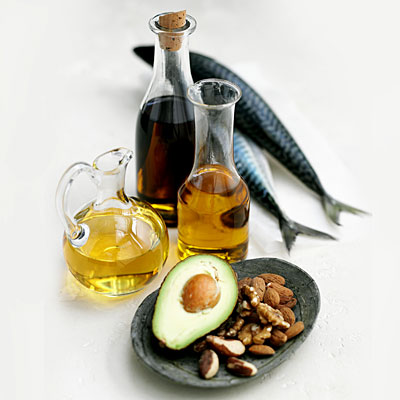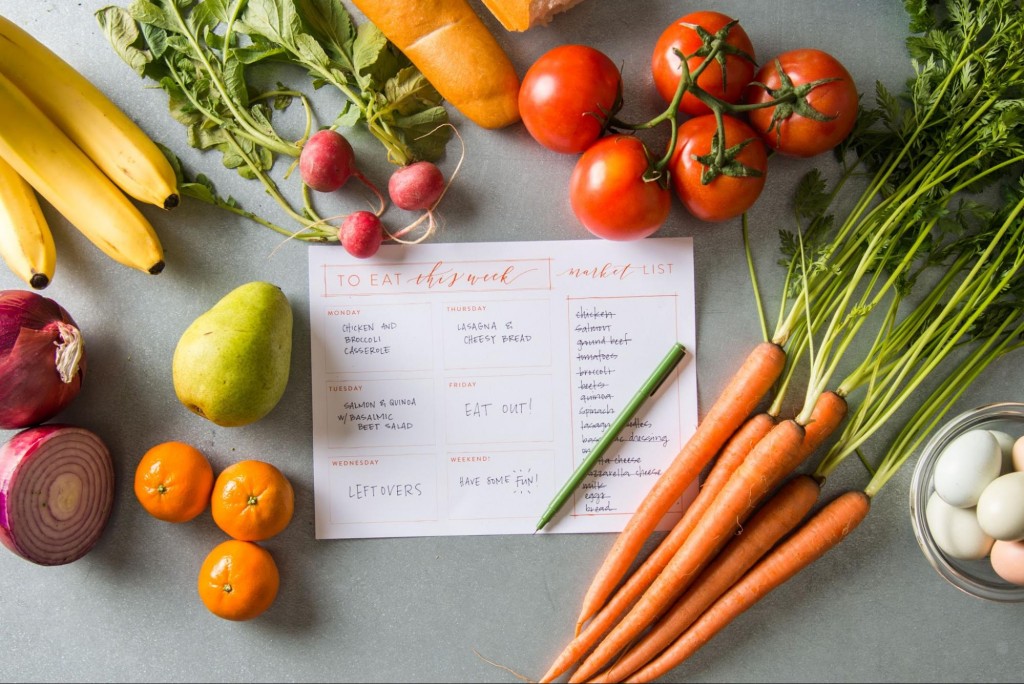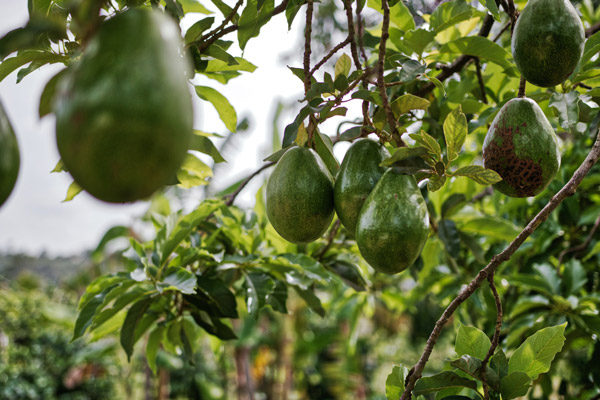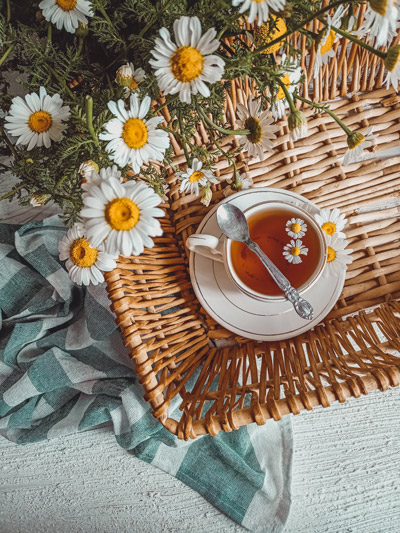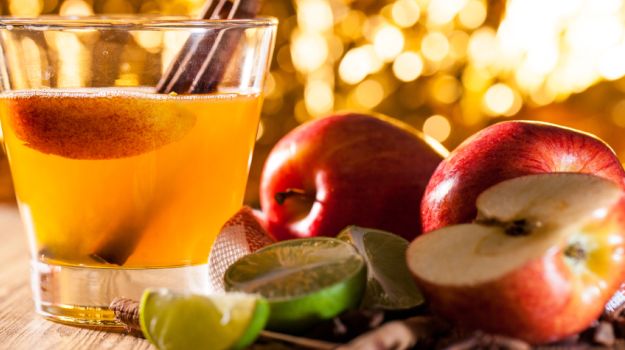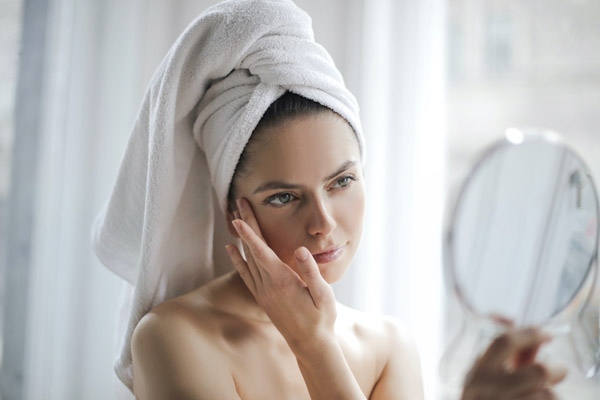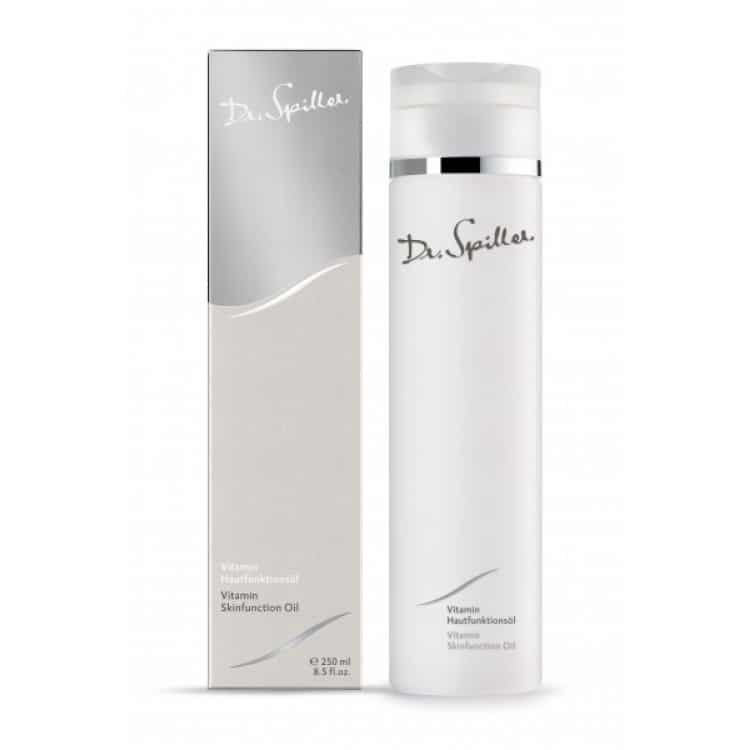The winter months can be rough.
We are in the midst of the coldest and driest time of year and what’s also rough during these months is our skin! Skin is the body’s largest and fastest growing organ. It needs to be treated with love and care, especially during winter.
Here are some tips to help your skin stay hydrated and thrive!
Heal your gut
Your skin needs to be treated just like your stomach, they are synonymous!
Not the first time with spoken about this link, read here (Click here to read more about Bone Broth).
A clear connection has been shown between the gut microbiome and the skin, particularly with acne rosacea, eczema and dermatitis herpetiformis.
We must apply the rule of ingesting and applying real food ingredients into our stomachs and onto our skin, we must also understand how the foods we eat or may not eat enough of, can be effecting our skin health.
Digestive distress or nutrient deficiency can lead to dry skin, skin diseases, and skin disorders. Be sure to address your gut health; in effect, your skin will feel healthy, hydrated and more vibrant than ever before! Incorporating probiotic foods into your diet is a good place to start.
If you’re interested in reading up on ferments check out this book on the topic is ‘Wild Fermentation : The Flavor, Nutrition, and Craft of Live-Culture Foods’ By Sandor Ellix Katz with a forward by Sally Fallon. This book is gold!
Herbal infusions
We need electrolytes to absorb water. We also need a proper balance of electrolytes to blood volume. Plain water is not absorbed through the gut very well, and it dilutes the blood volume to electrolyte ratio, so the body is constantly trying to get rid of it.
Herbal tea contains electrolytes, hence it is absorbed better and the body is not constantly trying so hard to balance the blood volume to electrolytes… You see what I’m getting at??!!
You’ve probably heard that you should drink enough water to hydrate your dry skin, and it’s true.
But better still you can boost your skin’s hydration with herbs by drinking caffeine-free herbal infusions. An infusion with rose and marigold (calendula) is especially helpful for dry skin because of the plants’ moistening and healing properties.
Healthy Fats
Healthy fats and oils will add needed moisture to your skin, making it suppler.
A key component to healing your dry skin is to increase the amount of healthy fats (such as avocados, nuts, and olive oil) in your diet. In particular, medium chain fatty acids found in coconut oil are easily digestible by the small intestine.
The Omega-3 fats in salmon reduce inflammation in the body, which can also reduce the inflammation and redness in your skin. Vegetarians can find Omega-3s in flaxseed and walnuts.
Eat Wholefoods
Have you noticed the connection between your skin and diet?? First and foremost, it is important to cut back on gluten, grains, dairy and refined sugar in order to lower the secretion of the stress hormone cortisol and minimise inflammation.
By eliminating these items, it is crucial to stay satiated on plenty of antioxidants, zinc and collagen building proteins from fresh vegetables and fruit, nuts & seeds, high-quality meat & seafood and eggs.
To make an appointment with our Wellness Expert:
Bondi Beach: 02 8897 0077
Bondi Junction: 02 9386 4411
Email: [email protected]



